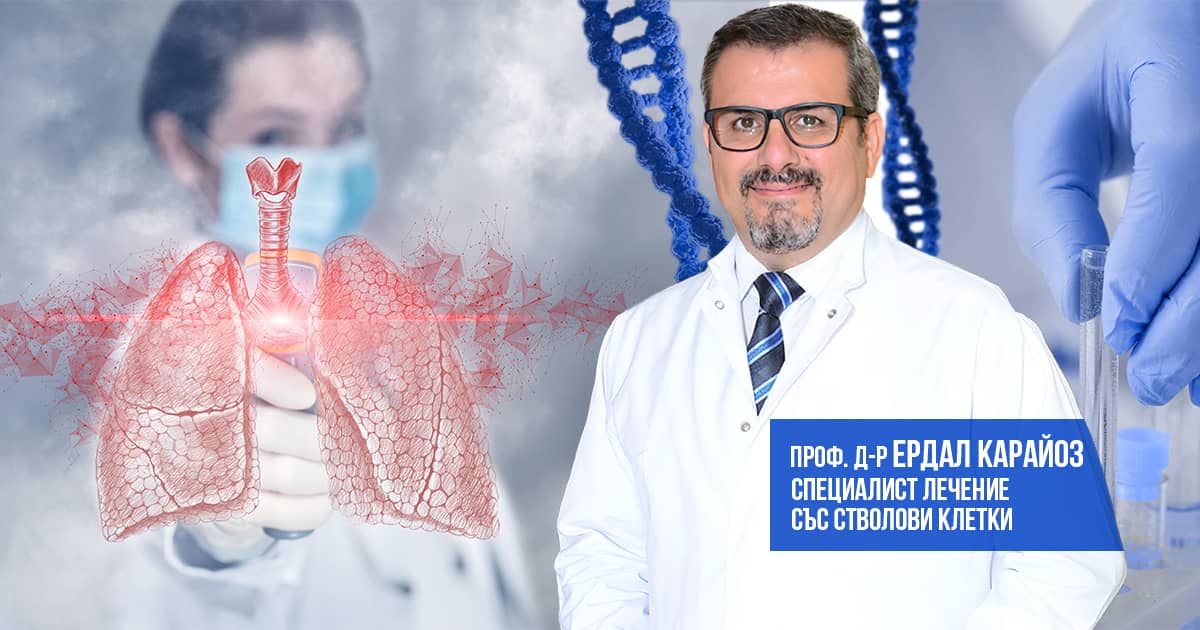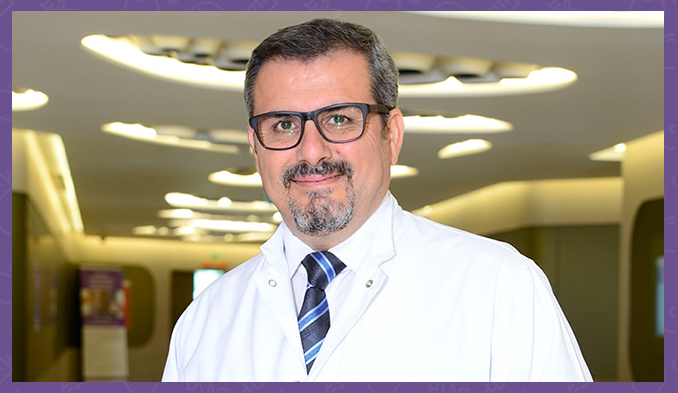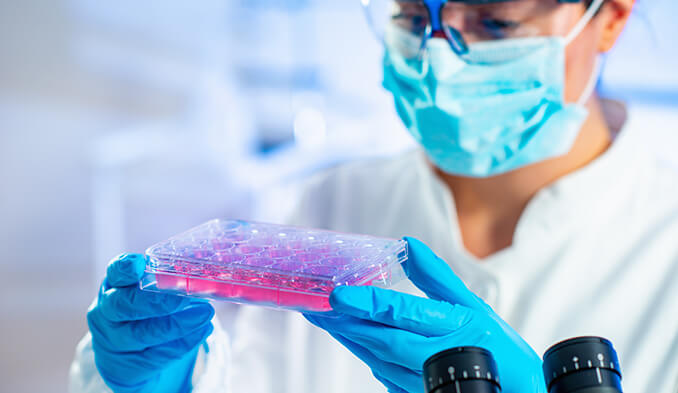Given embryologic lung development, preterm infants born before the 32nd gestational week have lungs in the late canalicular and saccular stages of lung development. After birth, most of these infants depend on respiratory support and oxygen supply because of lung immaturity and surfactant deficiency. They are exposed to pre- and postnatal infections, antibiotic therapy, and a potentially harmful microbial environment in the neonatal unit. Physiological nutrition through the umbilical cord is interrupted and metabolic processes may be impaired by immaturity and stress.
In addition, the following should be listed as potentially harmful:
- genetic predispositions
- intrauterine growth restriction
- exposure to smoke
- necessary clinical measures, including fluid supply to stabilize the cardiovascular system.
All of these factors are highly recognized as risk factors for limitations of physiological lung development during this critical period. This leads to lifelong limitations of lung function called bronchopulmonary dysplasia (BPD). Histopathologically, BPD is characterized by distortion of epithelial and vascular development and of extracellular matrix composition. The inflammatory response in the immature lung, initiated before birth or shortly after birth, causes an imbalance of growth factors and anti-inflammatory cytokines on the one hand and pro-inflammatory activation on the other.
How can stem cells help treat BPD?
Mesenchymal stem cells have been studied in almost all relevant diseases in preclinical animal trials. What mesenchymal stem cells have in common is that they act mainly by releasing anti-inflammatory cytokines and growth factors. They have the potential to at least partially restore the inflammatory response in the injured and inflamed organ, which represents the initial phase of a developing disease. Mesenchymal stem cells have the potential to redirect any leukocyte population to favorable phenotypes. Including:
- the switch from M1 to M2 macrophages.
- proliferation of Treg T cells and inhibition of the Th17 response.
- the formation of neutrophil extracellular traps.
- the modulation of antigen presenting cells such as B cells and dendritic cells.
Other important areas of action include their multiple antimicrobial activities, inhibition of epithelial-mesenchymal transition, and clearance of pulmonary fluid. In addition to direct paracrine action, transfer of vesicles and cell organelles by nanotube formation is another important mechanism that, among others, allows stabilization of cellular energy by mitochondrial transfer.
The main action of mesenchymal stem cells is through their secretome. These extracellular vesicles (EVs), called exosomes, contain many mesenchymal stem cell factors that report beneficial effects on inflammation, organ development and repair. In addition to cytokines and growth factors, EVs contain gene products, iRNAs, and microRNAs. The lower immunogenicity and smaller size with greater ease in crossing biological barriers compared to mesenchymal stem cells makes them particularly attractive for the prevention and treatment of BPD.
Treatment of bronchopulmonary dysplasia
To repair the damage from BPD, we will inject allogeneic mesenchymal stem cells. These cells will repair the damaged tissue and activate the patient's own stem cells with their secretions. The stem cells will be injected intravenously. The cells will go to the lung and repair the damage through their ability to move into the inflamed area. In addition, along with the cells, exosomes released from these cells will also be administered intrathecally to increase the effectiveness of the cells.
However, when discussing improvements, it is important to remember that improvements can vary greatly from one patient to another due to many factors. For example, a patient's course of treatment, physical condition, severity, age, etc. Therefore, improvement cannot be guaranteed.










